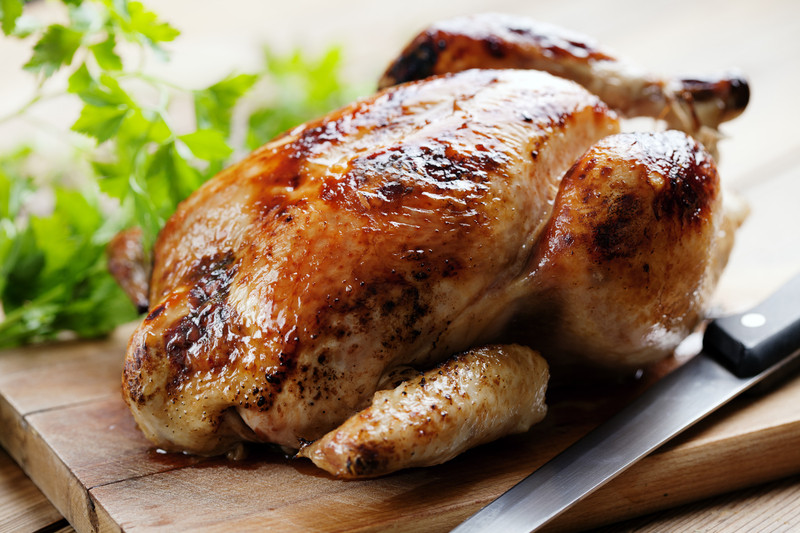Understanding Bioavailability: Getting the Nutrients Your Body Needs
posted on
June 16, 2023
Hey there, curious readers! Have you ever wondered why some foods are better for you than others? Well, we're here to talk about something called "bioavailability" that might just have the answers you're looking for. Let's dive in!
Bioavailability is all about how well our bodies can absorb the nutrients from the food we eat. It's like a superhero power that determines how efficiently we digest and use those nutrients. But here's the thing: bioavailability isn't the same for everyone. It depends on a bunch of factors, like what we eat, our health, and how we prepare our food.
Let's start with what we eat.
The structure of food plays a big role in bioavailability. Take plants, for example. They have tough cell walls that make it harder for our bodies to absorb their nutrients. Those nutrients are less bioavailable to us.
Plants also have phytates and polyphenols. These sneaky compounds can bind with important nutrients like zinc, minerals, and iron in our digestive system, making it difficult for our bodies to actually absorb them.
But fear not! There are ways to improve bioavailability. One trick is to prepare our food wisely. Soaking grains and legumes can help reduce the amount of phytates and polyphenols, making those nutrients more available to us. And when it comes to veggies like leafy greens and onions, chopping, mincing, and cooking can break down their cell tissues, making the nutrients more accessible while still keeping them healthy.
It's also important to choose foods that are easier for our bodies to absorb.
Here at Pure Pasture Farms, we believe in finding a balance between animal products and vegetables. Animal proteins, like the ones we provide, contain elements that our bodies can break down more easily, making digestion more efficient overall.
But it's not just about the structure of food. The vitamins and minerals in our food also have different behaviors.
There are two main types of vitamins: water-soluble and fat-soluble vitamins. Water-soluble vitamins, like B vitamins and vitamin C, dissolve in water and are absorbed quickly into our tissues. However, they can also be easily depleted, so it's important to regularly replenish them. Good sources of B vitamins are quality meat and dairy products, while fresh fruits, tomatoes, and peppers are excellent sources of vitamin C.
On the other hand, fat-soluble vitamins, like vitamins A, D, E, and K, need fat to be absorbed by our bodies. They take a bit longer to be absorbed and are stored in our liver and fatty tissues for future use. Foods like dairy, meat (especially liver and butter!), sweet potatoes, carrots, and leafy greens are great sources of these vitamins.
But wait, there's more! Our own bodies can affect bioavailability too.
As we get older, the acid in our stomach decreases, which can limit our ability to absorb nutrients. And if we have chronic health issues, especially gut problems, it can also interfere with nutrient absorption in our small intestine.
So, what can you do to make sure you're getting all the nutrients your body needs?
Well, here are our recommendations:
- Eat a variety of foods to get both fat-soluble and water-soluble vitamins, as well as essential minerals. Strive for a balance of vegetables, meat, and fruits, and try to include both cooked and raw foods to maximize nutrient absorption. Don't forget to add in organ meat and healthy fats like butter or lard.
- Pair foods together wisely. Some foods can actually increase bioavailability in our bodies. For example, combining vitamin C-rich foods with iron-rich foods can enhance iron absorption and prevent nutrient binding in the digestive tract. Do some research and find good culinary partners for your favorite foods.
- Properly prepare your food. Soak or pound grains, legumes, and nuts to reduce phytates and polyphenols. And whether you're cooking them or eating them raw, don't forget to chop or mince vegetables. If you choose to cook, opt for gentle methods like steaming to preserve as much nutrition as possible.
And there you have it! A whole lot of information about bioavailability. We hope this helps you better understand how your body uses the nutrients you give it. Remember, choosing the right foods and preparing them well can make a big difference in getting all the good stuff your body needs to stay healthy.
Thanks for reading, and happy eating!





